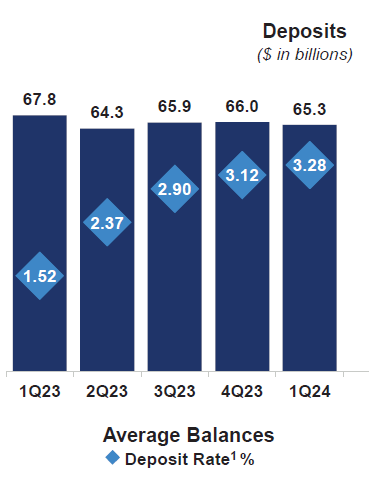An astonishing discovery sheds light on the mysterious extinction of the last woolly mammoths that once roamed a remote Arctic island 4,000 years ago. Contrary to previous beliefs of a “genomic meltdown” due to inbreeding, a new genetic analysis suggests a catastrophic event such as an extreme storm or a deadly plague may have led to the demise of these majestic creatures.
Research conducted by evolutionary geneticist Prof Love Dalén and colleagues at the Centre for Palaeogenetics reveals that despite the population’s low genetic diversity, a stable group of a few hundred mammoths thrived on the island for thousands of years before facing a sudden disappearance. This challenges the notion that genetic mutations from inbreeding doomed the population.
The study, published in Cell, involved analyzing the genomes of 13 mammoth specimens from Wrangel Island and seven from the mainland, spanning a timeframe of 50,000 years. The research indicates that the Wrangel population experienced a severe bottleneck, dwindling to only eight breeding individuals at one point. However, the group managed to rebound to a population of 200-300, maintaining stability until their eventual extinction.
Compared to their mainland ancestors, the Wrangel Island mammoths exhibited signs of inbreeding and low genetic diversity, particularly in genes crucial to the vertebrate immune response. This susceptibility to new pathogens such as a plague or bird flu may have left the group vulnerable and unable to adapt to environmental changes.
The findings offer valuable insights into the final days of the woolly mammoths and highlight the intricate interplay of factors leading to extinction. Dr. Vincent Lynch, a biologist not involved in the study, suggests that a combination of inbreeding, small population size, genetic mutations, and unfortunate circumstances often contribute to a species’ extinction.
Overall, the research on the extinction of the woolly mammoths serves as a poignant reminder of the complex nature of biodiversity and the delicate balance necessary for species survival. With implications for understanding present-day population dynamics, this study underscores the importance of genetic diversity and resilience in the face of environmental challenges.














